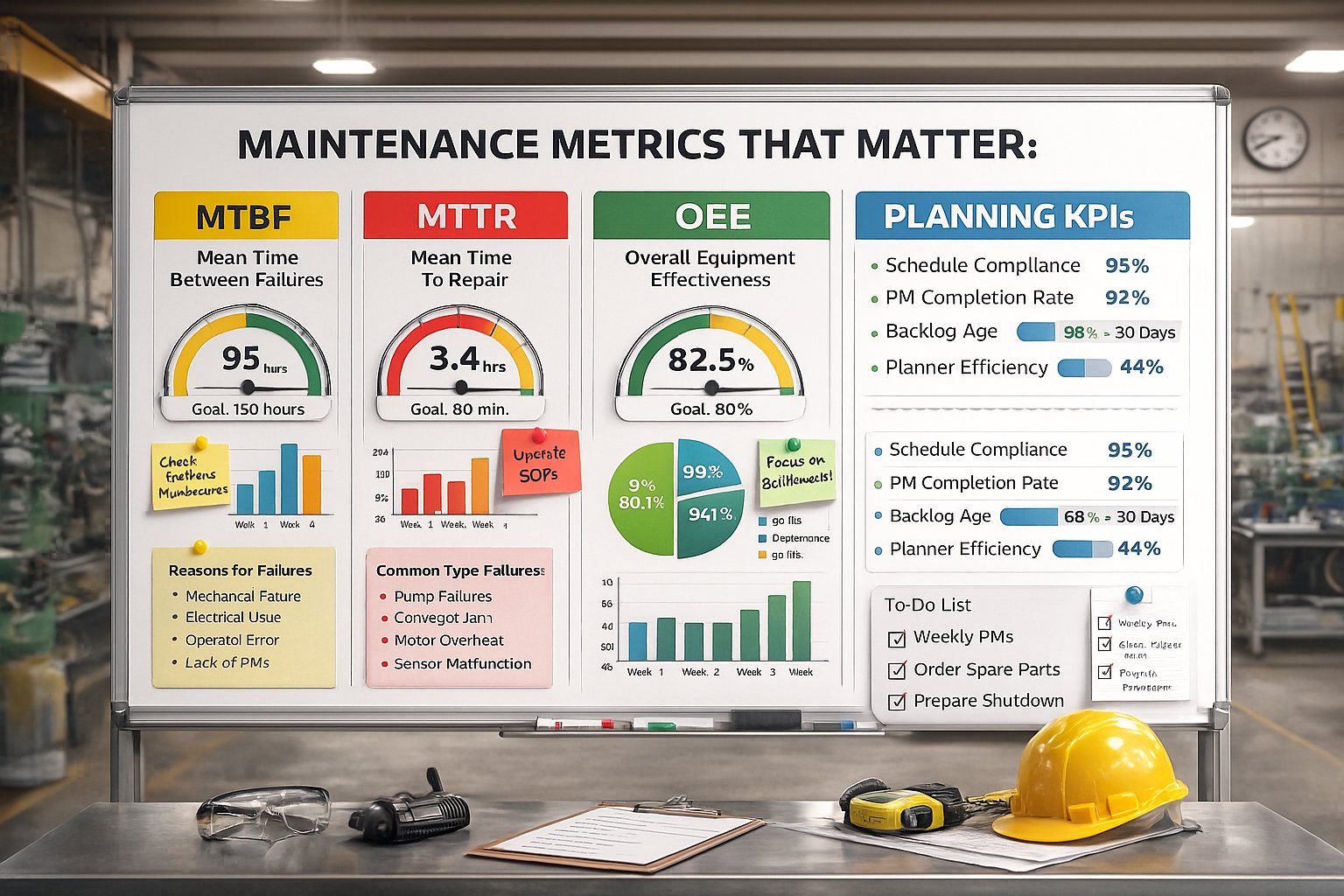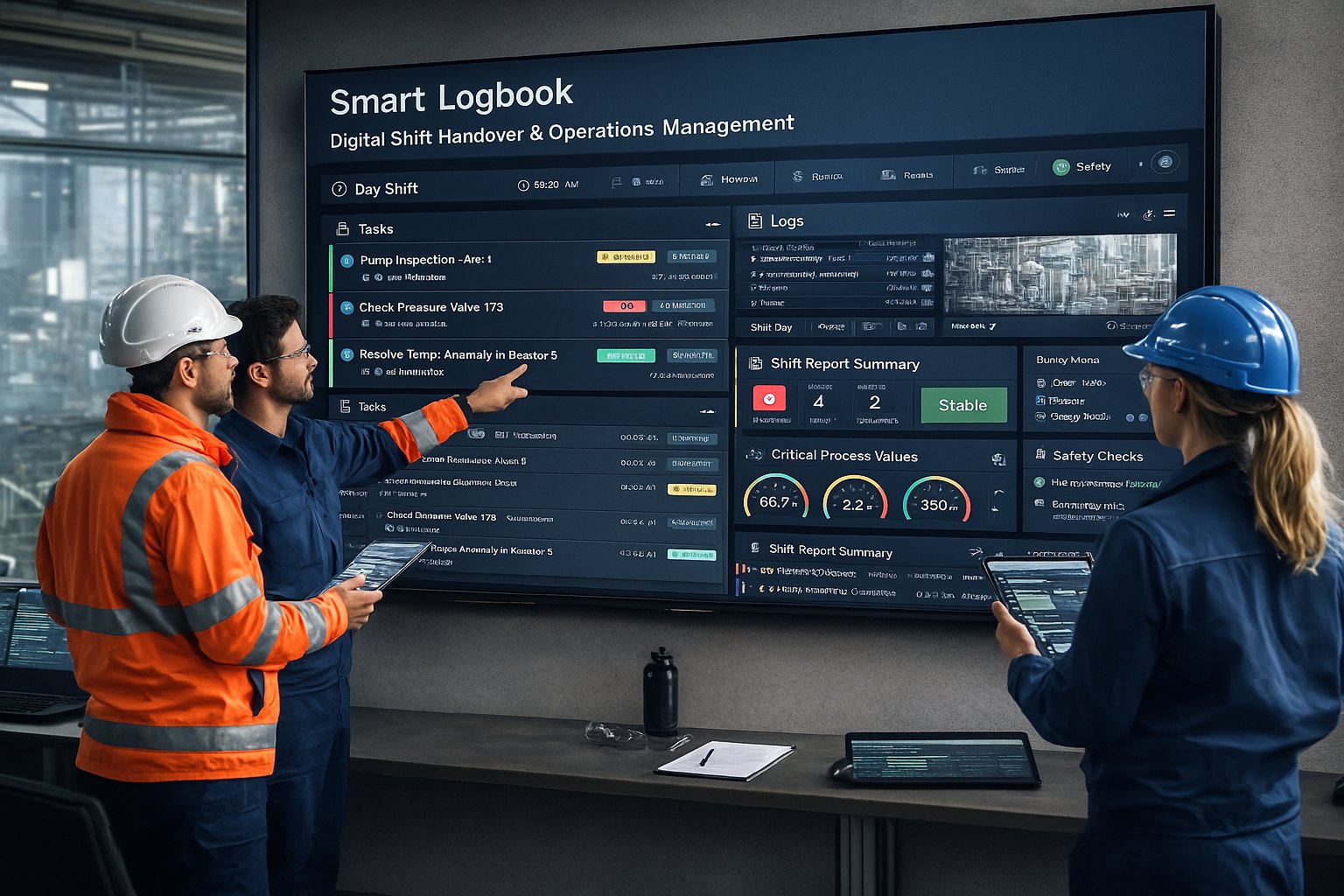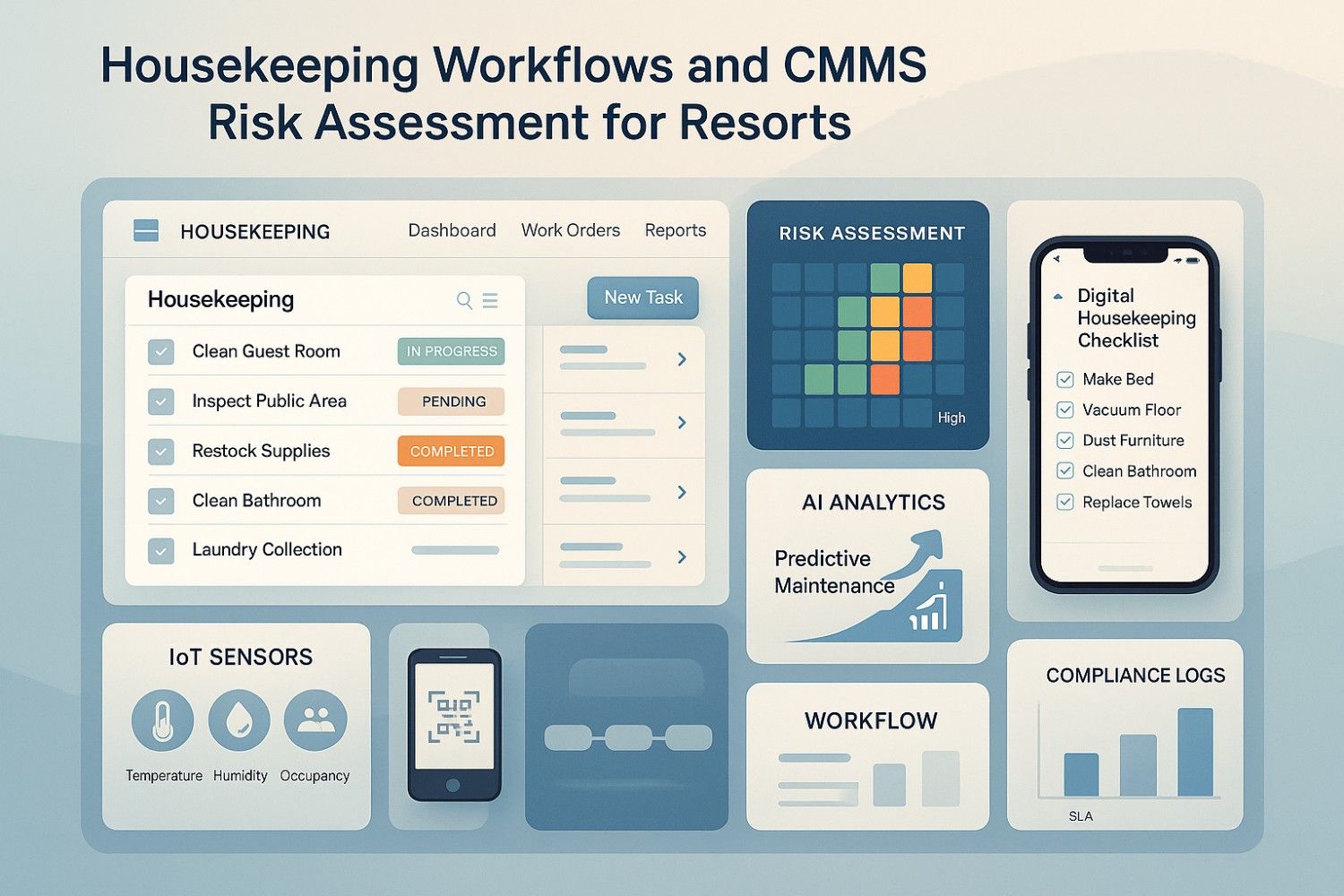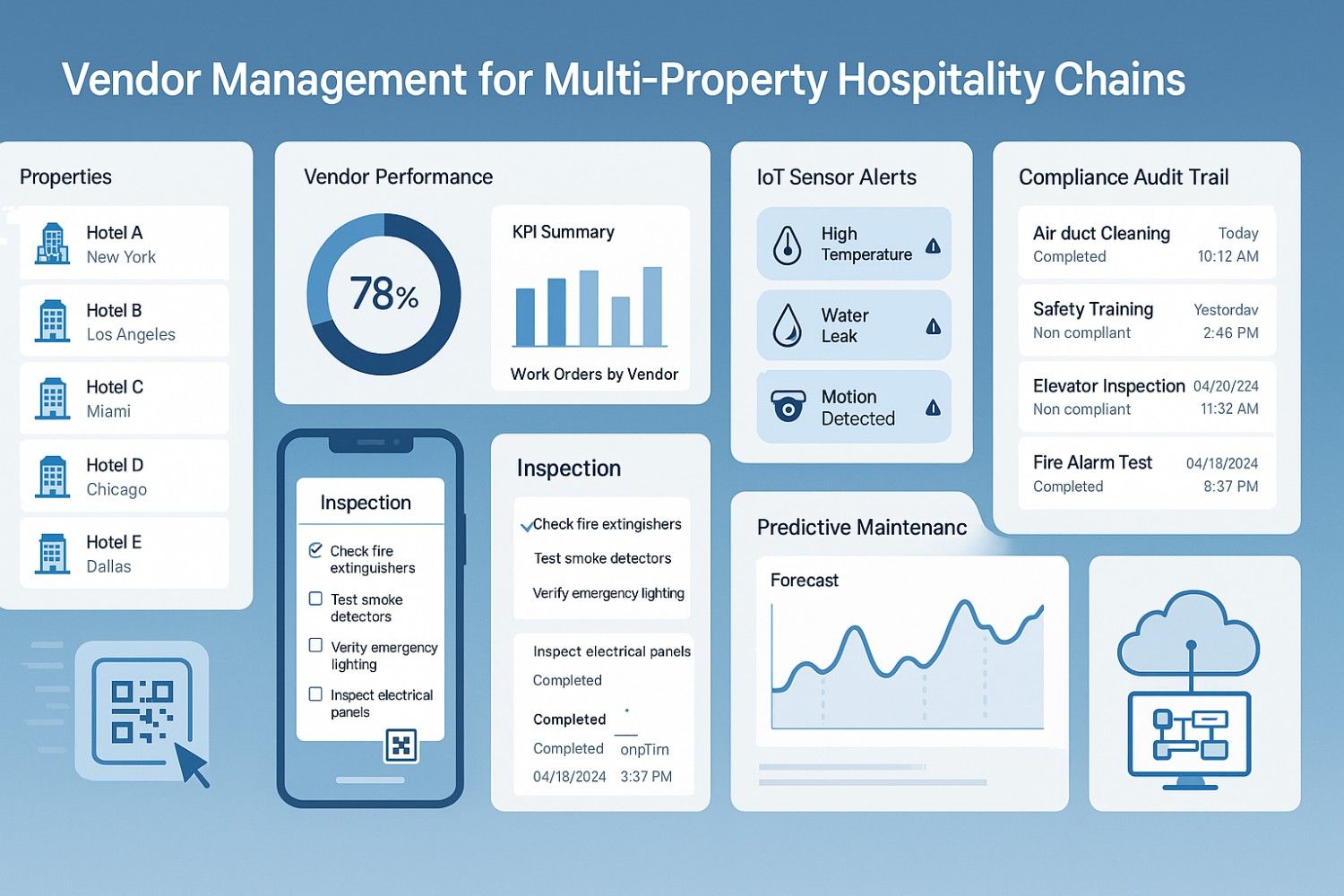Your maintenance supervisor rushes into the weekly operations meeting with devastating news: "The main production compressor failed catastrophically yesterday, causing $380,000 in emergency repairs and 72 hours of unplanned downtime." You review last month's maintenance reports—$4.2 million spent on reactive repairs—but realize your time-based preventive maintenance schedule provided no warning of this critical failure. Without condition-based maintenance systems and real-time asset monitoring, you're operating blind, waiting for equipment to fail rather than understanding actual asset health conditions.
This crisis scenario unfolds daily across American manufacturing facilities as operations struggle with unpredictable asset failures that devastate productivity and profitability. The average industrial facility experiences 15-20% of maintenance work as emergency repairs, costing 3-5 times more than planned maintenance, but condition-based maintenance strategies can reduce emergency repairs by 75-85%.
Facilities implementing strategic condition-based maintenance achieve 40-60% reductions in maintenance costs while improving asset availability by 30-45% compared to traditional time-based or reactive maintenance approaches. The transformation lies in leveraging real-time sensor data, vibration analysis, and thermal monitoring that reveals actual equipment condition rather than relying on arbitrary maintenance schedules.
Ready to revolutionize your asset management with condition-based maintenance that monitors equipment health 24/7?
Stop gambling with $380,000 failures when CBM sensors can detect problems 30-90 days in advance. Transform from reactive firefighting to predictive asset management excellence.
Understanding Condition-Based Maintenance
Effective condition-based maintenance requires understanding the sophisticated monitoring ecosystem that transforms real-time asset data into actionable maintenance insights. These systems extend far beyond simple threshold alarms to include vibration analysis, thermal imaging, oil analysis, and acoustic monitoring that identify equipment degradation patterns weeks or months before failure occurs.
Traditional time-based maintenance operates on fixed intervals regardless of actual equipment condition, often resulting in unnecessary maintenance or unexpected failures between scheduled services. Condition-based maintenance continuously monitors asset health parameters, triggering maintenance activities only when data indicates developing problems, typically reducing maintenance costs by 25-35% while improving reliability.
Vibration Monitoring Systems
Continuous vibration sensors detecting bearing wear, misalignment, and unbalance conditions. Identifies 85-90% of rotating equipment problems 30-60 days before failure.
Thermal Imaging Analysis
Infrared cameras monitoring temperature patterns indicating electrical faults and heat exchanger fouling. Prevents 70% of electrical failures.
Oil Analysis Programs
Laboratory testing revealing contamination, wear particles, and additive depletion. Extends equipment life 25-40% through optimized oil change intervals.
Real-time Data Analytics
AI-powered platforms processing sensor data to identify trends and predict optimal maintenance timing. Improves maintenance scheduling accuracy by 60-75%.
CBM Technologies by Equipment Type
| Asset Type | Primary Monitoring Method | Detection Accuracy | Key Benefits |
|---|---|---|---|
| Rotating Equipment | Vibration Analysis + Temperature | 90-95% | Bearing failure prediction, 60-day advance warning |
| Electrical Systems | Thermal Imaging + Ultrasonic | 85-92% | Arc fault detection, fire prevention |
| Hydraulic Systems | Oil Analysis + Pressure Monitoring | 88-94% | Contamination detection, seal failure prediction |
| Compressors | Vibration + Performance Analysis | 92-97% | Valve failure, capacity degradation alerts |
CBM Implementation Framework
Creating an effective condition-based maintenance program requires systematic development combining asset criticality analysis, monitoring technology selection, and organizational capability building. Asset criticality assessment provides the foundation for condition monitoring deployment, identifying high-value equipment where monitoring investment delivers maximum reliability and cost benefits.
CBM Implementation Process
Advanced CBM Applications
Strategic condition-based maintenance applications extend beyond basic fault detection to include predictive analytics, automated diagnostics, and integrated asset performance optimization. The most successful facilities leverage advanced CBM capabilities to create self-monitoring asset ecosystems that continuously improve reliability while reducing maintenance intervention requirements.
Advanced CBM Applications
- Implement machine learning algorithms for automatic condition pattern recognition and anomaly detection
- Deploy wireless sensor networks enabling monitoring of remote and rotating equipment
- Integrate condition data with energy monitoring for comprehensive asset performance optimization
- Create automated diagnostic systems reducing condition analysis time by 60-75%
- Build real-time dashboards providing maintenance teams immediate condition visibility
- Enable remote monitoring and expert consultation through cloud-based platforms
2025 CBM Trends Transforming Asset Management
- Edge computing enabling instant local condition analysis and automated responses
- Digital twin models combining condition data with virtual asset performance simulation
- 5G connectivity providing real-time condition monitoring for mobile and remote assets
- AI-powered diagnostic systems providing automatic fault identification and recommended actions
- Augmented reality interfaces overlaying condition data during maintenance activities
Conclusion
Condition-based maintenance represents the most significant advancement in asset management since computerized maintenance systems, enabling facilities to monitor equipment health continuously rather than relying on arbitrary time-based schedules or waiting for failures. Organizations implementing comprehensive CBM strategies achieve 40-60% maintenance cost reductions while improving asset availability by 30-45% through intelligent condition monitoring and predictive intervention.
Understanding condition monitoring architecture reveals that successful implementations require sophisticated sensor integration, data analysis capabilities, and organizational change management extending far beyond simple equipment installation. Monitoring technology performance varies significantly by asset type and failure mode complexity, but modern condition monitoring systems consistently achieve 85-97% fault detection accuracy for well-defined degradation patterns.
The 2025 competitive environment rewards early adopters of advanced condition monitoring while penalizing reactive maintenance approaches that ignore asset health indicators. Success requires balancing proven CBM technologies delivering immediate reliability improvements with emerging monitoring innovations positioning for future competitive advantage.
Ready to transform your asset management with condition-based maintenance that monitors equipment health 24/7 and prevents 75% of unexpected failures?
Every day without CBM monitoring is another day risking $380,000 catastrophic failures. The technology exists now to predict these problems weeks in advance—implement condition-based maintenance before your next costly breakdown.









